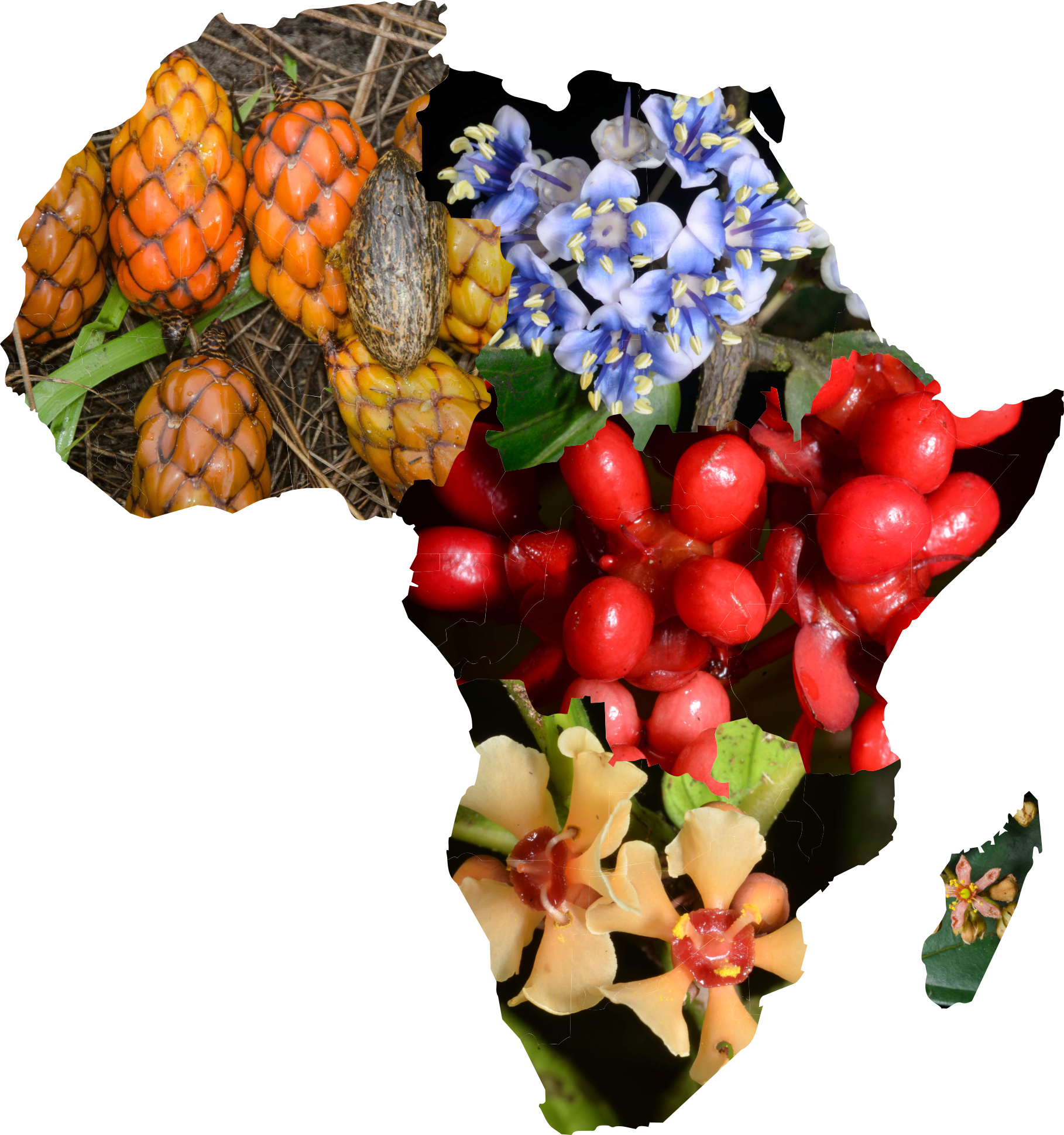Search Results (List)
Dataset: All Collections
Taxa: Oedina pendens (Botryoloranthus pendens, Loranthus pendens, Dendrophthoë pendens)
Search Criteria: excluding cultivated/captive occurrences
1
Page 1, records 1-6 of 6
1
Page 1, records 1-6 of 6
Map
The maps feature provides users an interactive map that can pan (by dragging the mouse) and zoom (by using the mouse wheel). Collection points are displayed as colored markers that when clicked on, displays the full information for that collection. When multiple species are queried (separated by semi-colons), different colored markers denote each individual species.
